#Horticulture
Text


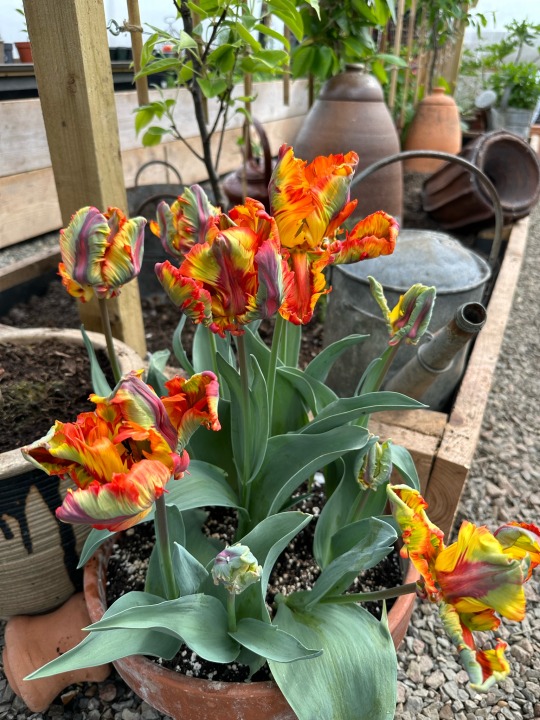
Plant of the Day
Thursday 18 April 2024
In the shelter of a Polycrub I really enjoy growing tulips as a cut flower. The star at the moment is Tulipa 'Rasta Parrot' (tulip) which provides an explosion of colour with twisted, curling petals, of irregular shape and in unusual patterns.
Jill Raggett
#Tulipa#tulip#tulips#cut flower#bulbs#orange flowers#parrot tulip#plants#horticulture#polycrub#garden#orkney#container
148 notes
·
View notes
Text
1K notes
·
View notes
Text

2K notes
·
View notes
Text
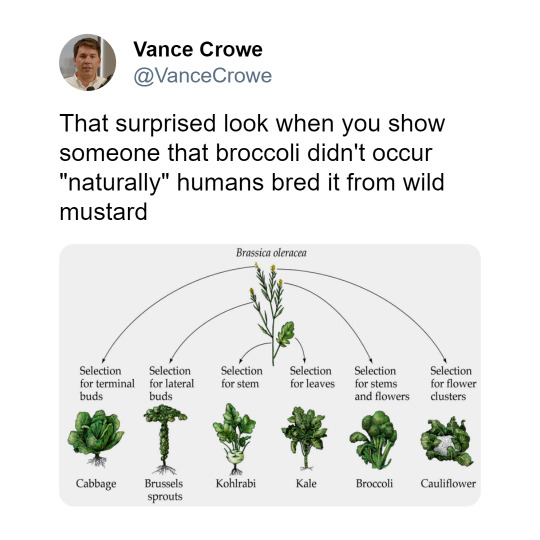
Geez, they went to a lot of trouble to breed a vegetable that a lot of people don't like.
1K notes
·
View notes
Text
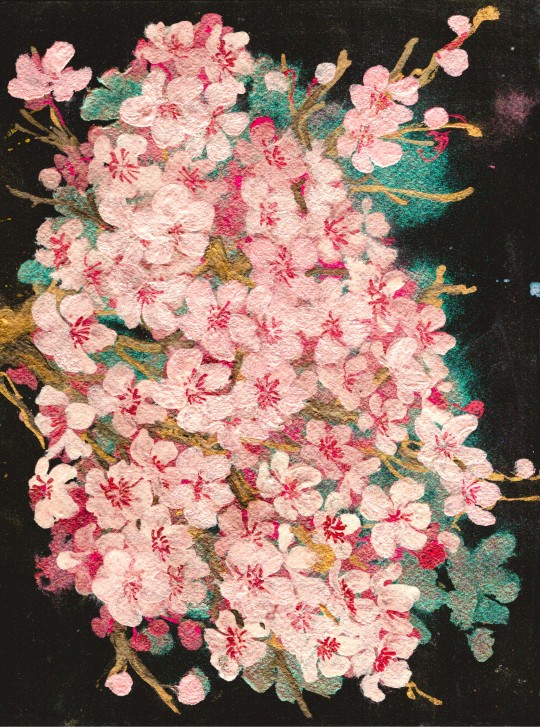
Vernal Phantasmagoria
Watercolor and Gouache On Black Paper
2023, 9"x 12"
Pink Cherry Blossoms
#art#nature#flowers#trees#painting#artwork#minimalism#artists on tumblr#floral#watercolor#cherry tree#cherry flowers#cherry blossom#cherry blossoms#cherry#fruit tree#botany#plants#horticulture#cottagecore#floral aesthetic#pink#pink flowers#cottagecore aesthetic#artworks
692 notes
·
View notes
Text
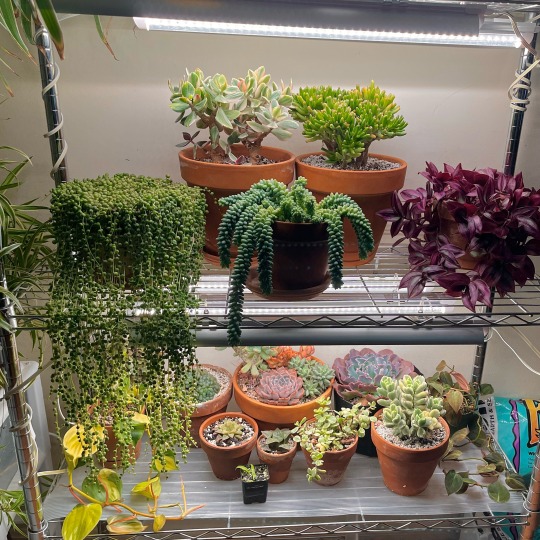

plant shelf 🪴
#please ignore my horrible cable management#this is 1 of 2 plant shelves 🙂 the other one is a mess right now#plant#plants#plantas#houseplants#succulent#succulents#succulentblr#plantblr#horticulture#grow lights#plant shelf#mine
604 notes
·
View notes
Text
there are FERNS?? that grow like TREES???? no fucking way
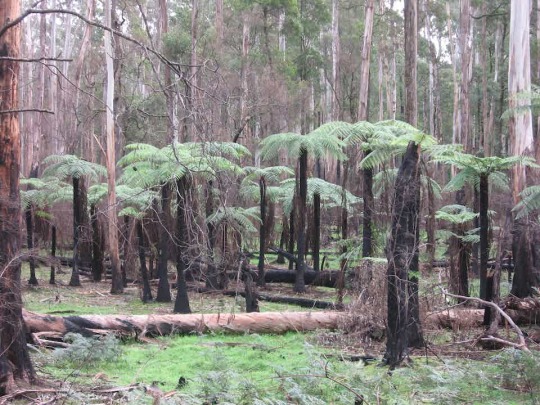
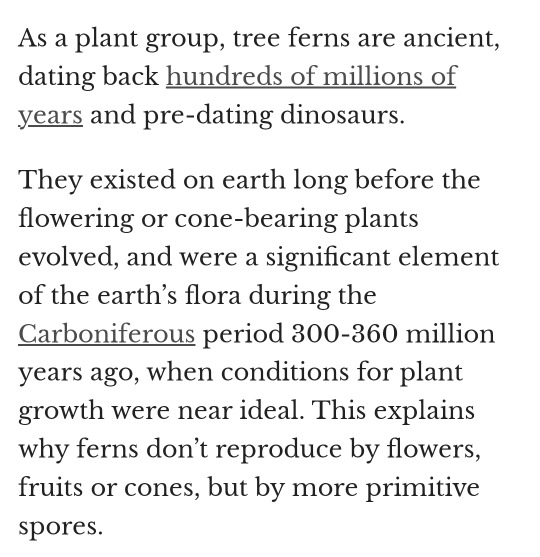
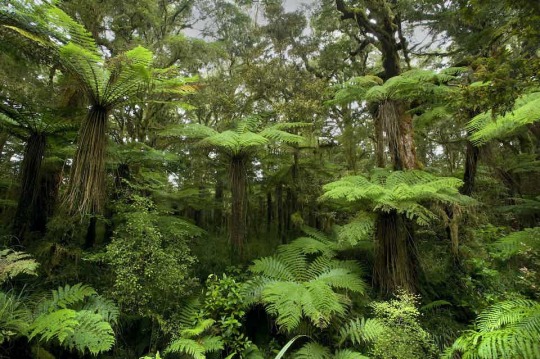
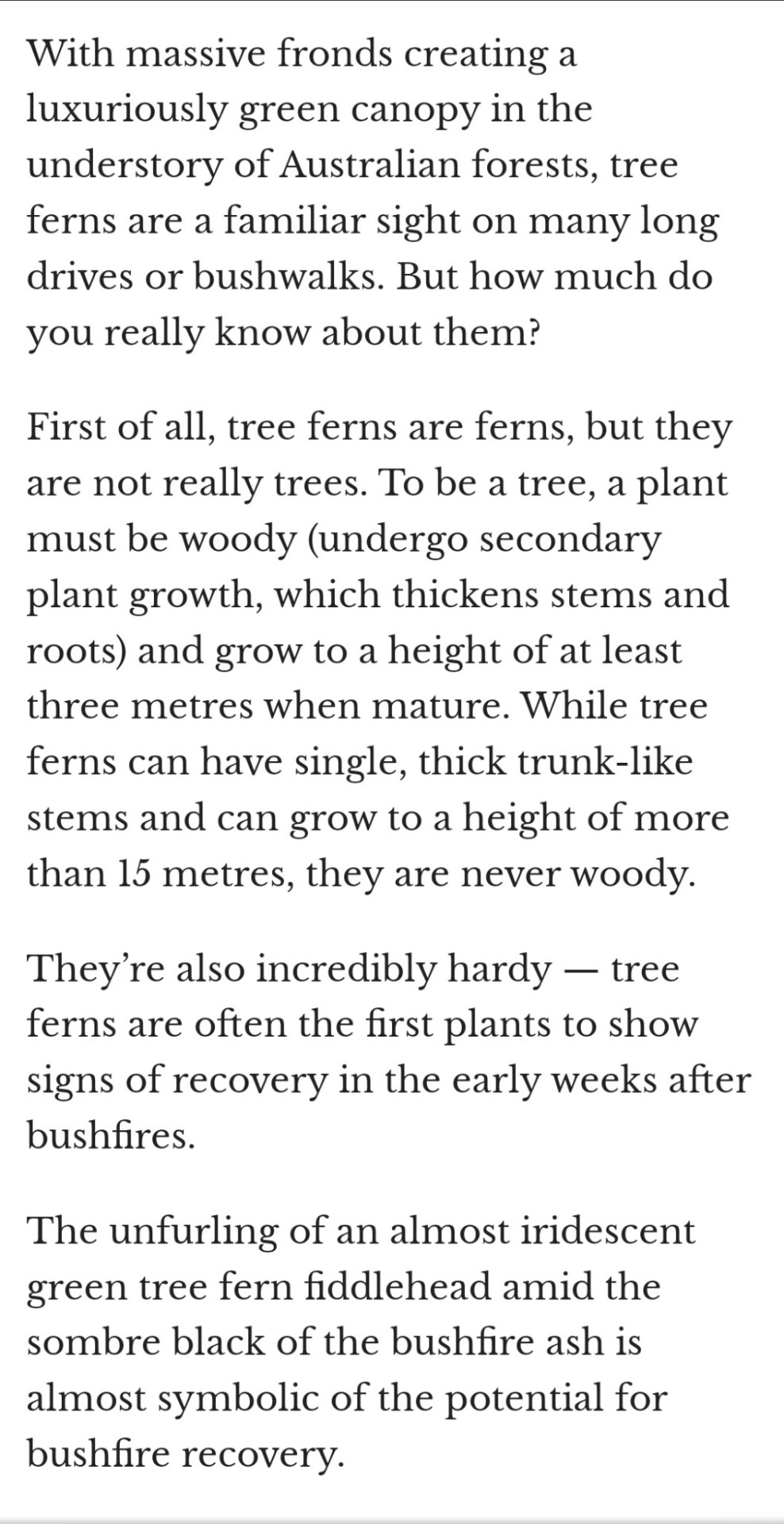
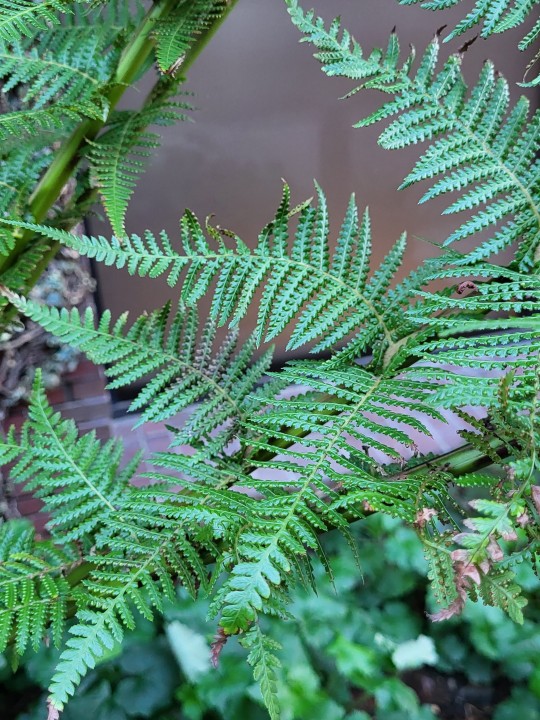

so what sent me down this rabbit hole is earlier on a walk with my husband we saw some glorious "palms" in a garden that were about 6 feet high, once i inspected the fern-like leaf pattern and saw the new leaves were curled i was blown away because it was so similar to a fern but had a trunk and i didnt know ferns could grow like that. (see the last two images, i took them so i could identify it later using an app + research, it might be sphaeropteris brunoniana) look how hairy that frond is! i love plants 🤎ferns my beloved🤎
#nature#naturecore#goblincore#fairycore#botany#horticulture#earth#trees#earthing#gremlincore#cottagecore#audreyposting#tree#fern#ferns#biology#sphaeropteris brunoniana#science
5K notes
·
View notes
Text

'Lovett's Best Blackberry' back cover illustration taken from 'Lovett's Guide to Horticulture' (Spring 1892).
J. T. Lovett Co. Little Silver. N. J.
U.S. Department of Agriculture, National Agricultural Library.
archive.org
394 notes
·
View notes
Text

Gertrude 's Garden - Rory Hutton , 2023.
Scottish , b. 1980s
Digital linocut in colours on silk , 35 2/5 × 35 2/5 in. 90 × 90 cm.
280 notes
·
View notes
Text
Wandering trees.

The heaviest living organism on earth confirmed so far is pando, this giant clonal aspen tree. It is all one tree with the same root system, over 40,000 tree trunks.
It is estimated to weigh 13 million pounds and is named pando which means 'I spread'
a chonker
Essentially clonal trees do this to move. Any time for any reason they don't wanna be where they are, they regrow their entire body from the furthest away part of their roots
wash rinse repeat
That way it can wander around
486 notes
·
View notes
Text


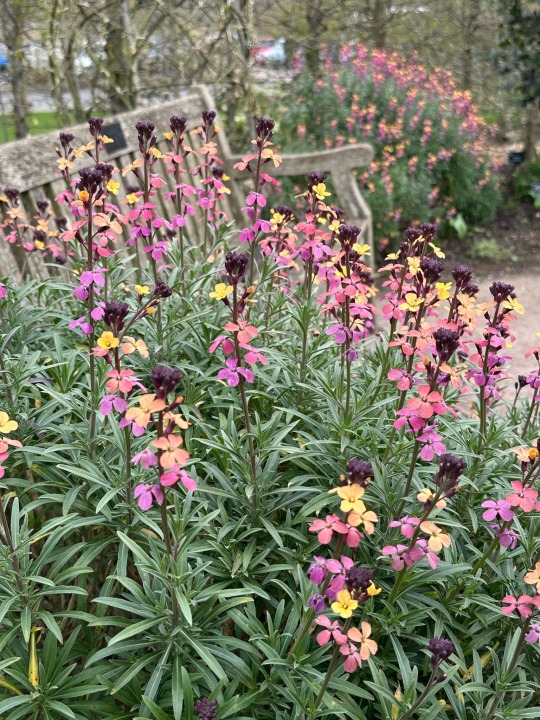

Plant of the Day
Wednesday 17 April 2024
The sub-shrub perennial Erysimum mutabile (changeable wall-flower) produces a woody base covered with slender, lax stems that produce flowers in yellow, pink and purple. This species will thrive on a well drained location for a few years but is easily replaced by growing further plants from cuttings.
Jill Raggett
#Erysimum#perennial wallflower#changeable wall-flower#yellow flowers#pink flowers#subshrub#dry garden#plants#horticulture#gardens#garden#essex#gravel garden#RHS Hyde Hall
154 notes
·
View notes
Text
hey do me a favor and reblog this
530 notes
·
View notes
Text
Why We Can't Have Medieval Food
I noted in a previous post that I'd "expand on my thinking on efforts to reproduce period food and how we’re just never going to know if we have it right or not." Well, now I have 2am sleep?-never-heard-of-it insomnia, so let's go.
At the fundamental level, this is the idea that you can't step in the same river twice. You can put your foot down at the same point in space, and it'll go into water, but that's different water, and the bed of the river has inevitably changed, even a little, from the last time you did so.
Our ingredients have changed. This is not just because we can't get the fat from fat-tailed sheep in Ireland, or silphium at all anywhere, although both of those are true. But the aubergine you buy today is markedly different to the aubergine that was available even 40 years ago. You no longer need to salt aubergine slices and draw out the bitter fluids, which was necessary for pretty much all of the thing's existence before (except in those cultures that liked the bitter taste). The bitterness has been bred out of them. And the old bitter aubergine is gone. Possibly there are a few plants of it preserved in some archive garden, or a seed bank, or something, but I can't get to those.
We don't really have a good idea of the plant called worts in medieval English recipes. I mean, we know (or we're fairly sure) it was brassica oleracea. But that one species has cultivars as distinct as cabbage, broccoli, cauliflower, kale, Brussels sprouts, collard greens, Savoy cabbage, kohlrabi, and gai lan (list swiped from Wikipedia). And even within "cabbage" or "kale", you have literally dozens of varieties. If you plant the seeds from a brassica, unless you've been moderately careful with pollination, you won't get the same plant as the seeds are from. You can crossbreed brassicas just by planting them near each other and letting them flower. And of course there is no way to determine what varietal any medieval village had, a very high likelihood that it was different to the village next door, and an exceedingly high chance that that varietal no longer exists. Further, it only ever existed for a few tens of years - before it went on cross-breeding into something different. So our access to medieval worts (or indeed, cabbage, kale, etc) is just non-existant.
Some other species within the brassica genus are as varied. Brassica rapa includes oilseed rape, field mustard, turnip, Chinese cabbage, and pak choi.
We have an off-chance, as it happens, of getting almost the same kind of apple as some medieval varieties, because apples can only be reproduced for orchard use by grafting, which is essentially cloning. Identification through paintings, DNA analysis, and archaeobotany sometimes let us pin down exactly which apple was there. But the conditions under which we grow those apples are probably not the same as the medieval orchard. Were they thinned? When were they harvested? How were they stored? And apples are pretty much the best case.
Medieval wheat was practically a different plant. It was far pickier about where it would grow, and frequently produced 2-4 grains per stalk. A really good year had 6-8. In modern conditions, any wheat variety with less than 30 grains per stalk would be considered a flop.
Meats are worse. Selective breeding in the last century has absolutely and completely changed every single species of livestock, and if you follow that back another five centuries, some of them would be almost unrecognisable. Even our heritage breeds are mostly only about 200 years old.
Cheese, well. Cheese is dependent on very specific bacteria, and there are plenty of conditions where the resulting cheese is different depending on whether it was stored at the back or front of the cave. Yogurts, quarks, skyrs, etc, are also live cultures, and almost certainly vary massively. (I have a theory about British cheese here, too, which I'll expand on in a future post)
So, even before you go near the different cooking conditions (wood, burnables like camel and cow dung, smoke, the material and condition of cooking pots), we just can't say with any reliability that the food we're making now is anything like medieval people produced from the same recipe. We can't even say that with much reliability over a century.
Under very controlled conditions, you could make an argument for very specific dishes. If you track down a wild mountain sheep in Afghanistan, and use water from a local spring, and salt from some local salt mine, then you can make a case that you can produce something fairly close to the original ma wa milh, the water-and-salt stew that forms the most basic dish in Arabic cookery. But once you start introducing domestic livestock, vegetables, or even water from newer wells, you're now adrift.
It is possible that some dishes taste exactly the same, by coincidence. But we can't determine that. We can't compare the taste of a dish from five years ago, let alone five hundred, because we're only just getting to a state where we can "record" a taste accurately. Otherwise it's memory and chance.
We've got to be at peace with this. We can put in the best efforts we can, and produce things that are, in spirit, like the medieval dishes we're reading about. But that's as good as it gets.
#medieval cookery#medieval cooking#food history#historical cookery#historical cuisine#medieval arabic cookery#horticulture#genetics
1K notes
·
View notes
Text

251 notes
·
View notes
Text


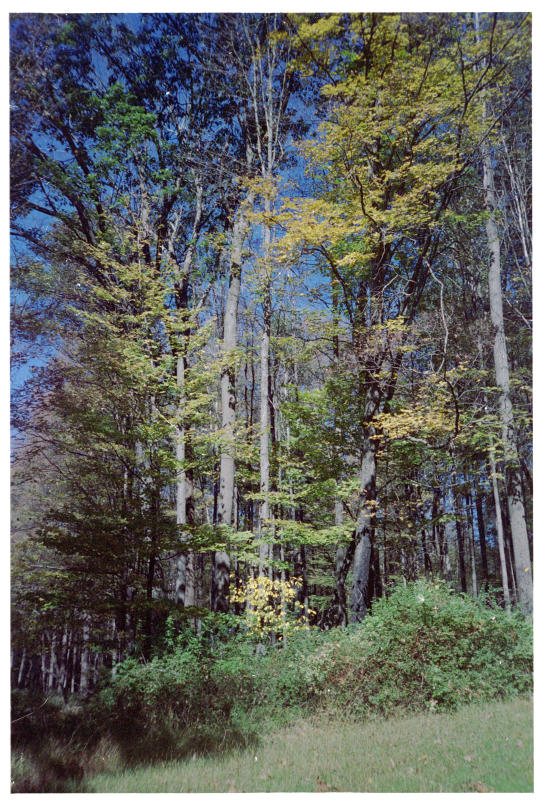
lasdon park groves, katonah, westchester, ny - vivitar PS123 - developed at eliz digital & scanned with minolta dimage dual iii
#35mm#trees#parks#woods#westchester county#new york#hudson valley#film photography#35mm photography#35mm color photography#nature#botany#horticulture#plants#trees and forests#trees and sky#green#gardens#botanical#botanical photography
261 notes
·
View notes
Text
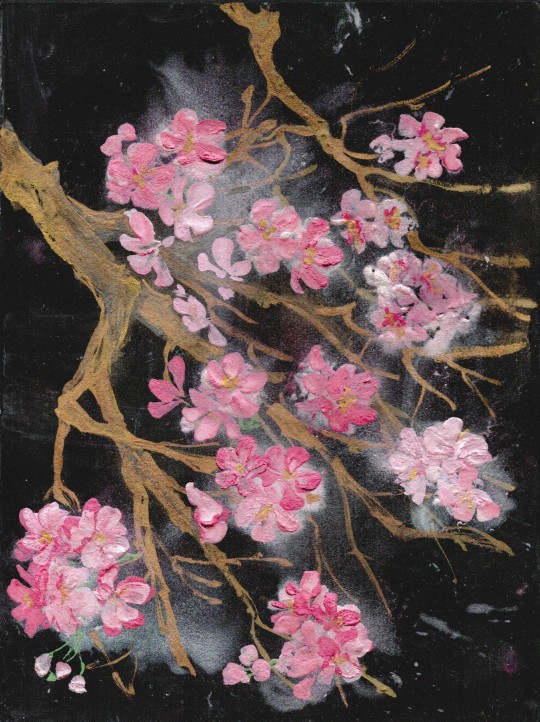
A Strong Breeze
Watercolor On Black Paper
2024, 9"x 12"
Pink Cherry Blossoms
Private Collection
#art#nature#flowers#trees#painting#artwork#minimalism#artists on tumblr#floral#watercolor#cherry tree#cherry flowers#cherry blossom#cherry blossoms#cherry#fruit tree#botany#plants#horticulture#cottagecore#floral aesthetic#pink#pink flowers#cottagecore aesthetic#artworks
583 notes
·
View notes